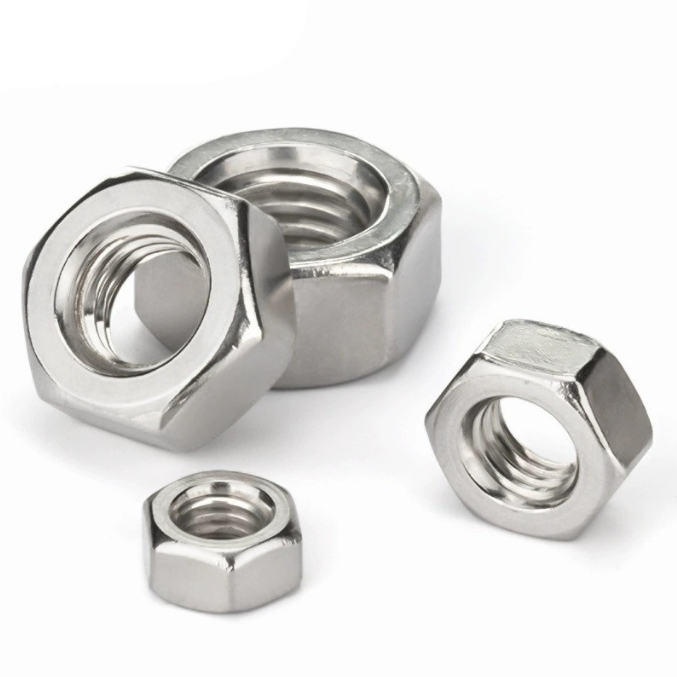

Understanding A36 Anchor Bolts for Construction and Structural Applications
Oct . 17, 2024 13:46 Back to list
Understanding A36 Anchor Bolts for Construction and Structural Applications
Understanding A36 Anchor Bolts Properties, Applications, and Importance
Anchor bolts are critical components in construction and engineering, serving as the primary means of securing structures to their foundations. Among various materials used for anchor bolts, A36 steel holds significant prominence due to its unique properties and versatility. In this article, we will explore A36 anchor bolts, their properties, applications, and significance in modern construction.
What is A36 Steel?
A36 is a structural steel specification developed by the American Society for Testing and Materials (ASTM). It is renowned for its excellent weldability, machinability, and overall mechanical properties. A36 steel is a low-carbon steel, containing a maximum of 0.26 percent carbon, along with small amounts of manganese and other elements. This composition gives A36 its remarkable strength and flexibility, making it an ideal choice for a wide range of applications, including anchor bolts.
Properties of A36 Anchor Bolts
1. Strength A36 steel has a yield strength of around 36,000 psi (pounds per square inch), which makes it strong enough to withstand heavy loads. This strength is essential when anchor bolts are used to secure equipment, structural components, or other elements that impose significant weight and force.
2. Corrosion Resistance While A36 steel is not inherently corrosion-resistant, it can be treated with various coatings (such as galvanization) to enhance its durability. This is particularly important for anchor bolts exposed to outdoor conditions or moisture, as corrosion can weaken their structural integrity over time.
3. Weldability The low carbon content in A36 steel allows for easy welding, making it a favored choice for construction projects. When installing anchor bolts, they often need to be welded to various structural elements, and the weldability of A36 facilitates seamless integration into the overall structure.
4. Ductility A36 steel has good ductility, which enables it to deform under stress without fracturing. This property is crucial for anchor bolts as they may need to accommodate various forces, such as tension or shear, during their service life.
anchor bolt a36

Applications of A36 Anchor Bolts
A36 anchor bolts are used in numerous applications within the construction and engineering sectors. Here are some of the most common applications
1. Building Foundations Anchor bolts are essential for securing steel columns and other structural elements to concrete foundations. A36 anchor bolts ensure that the structure remains stable and can resist lateral and vertical forces.
2. Bridge Construction In bridge engineering, anchor bolts made from A36 steel are used to secure various components, including girders, trusses, and concrete deck slabs. The strength and flexibility of A36 steel help accommodate dynamic loads and stress conditions.
3. Industrial Equipment In industrial settings, A36 anchor bolts are employed to secure heavy machinery and equipment to their bases or foundations. This ensures that the equipment remains stable during operation, reducing the risk of accidents or malfunctions.
4. Infrastructure Projects For projects such as wind turbines or telecommunications towers, A36 anchor bolts are crucial for ensuring that these structures remain upright and operational in varying weather conditions.
The Importance of Using A36 Anchor Bolts
The choice of anchor bolts is pivotal to the safety and longevity of construction projects. A36 anchor bolts provide a reliable solution for anchoring structural elements, ensuring that they can withstand the challenges posed by wind, seismic activity, and other environmental factors. By using A36 steel, engineers and builders can leverage its mechanical properties to enhance the overall stability and durability of structures.
In conclusion, A36 anchor bolts play a vital role in the construction industry. Their strength, weldability, and ductility make them an ideal choice for various applications, from building foundations to critical infrastructure projects. As construction technology continues to evolve, A36 steel remains a steadfast material that meets the demands of modern engineering, ensuring that structures are both safe and resilient. Understanding the importance and applications of A36 anchor bolts is crucial for architects, engineers, and builders striving to create durable and dependable structures.
Latest news
-
High-Strength Hot-Dip Galvanized Bolts-Hebei Longze|Corrosion Resistance&High Strength
NewsJul.30,2025
-
Hot Dip Galvanized Bolts-Hebei Longze|Corrosion Resistance&High Strength
NewsJul.30,2025
-
Hot Dip Galvanized Bolts - Hebei Longze | Corrosion Resistance, High Strength
NewsJul.30,2025
-
High-Strength Hot Dip Galvanized Bolts-Hebei Longze|Corrosion Resistance, Grade 8.8
NewsJul.30,2025
-
Hot Dip Galvanized Bolts-Hebei Longze|Corrosion Resistance,High Strength
NewsJul.29,2025
-
High-Strength Hot Dip Galvanized Bolts - Hebei Longze Metal Products Manufacturing Co., Ltd.|corrosion resistance&high strength
NewsJul.29,2025

